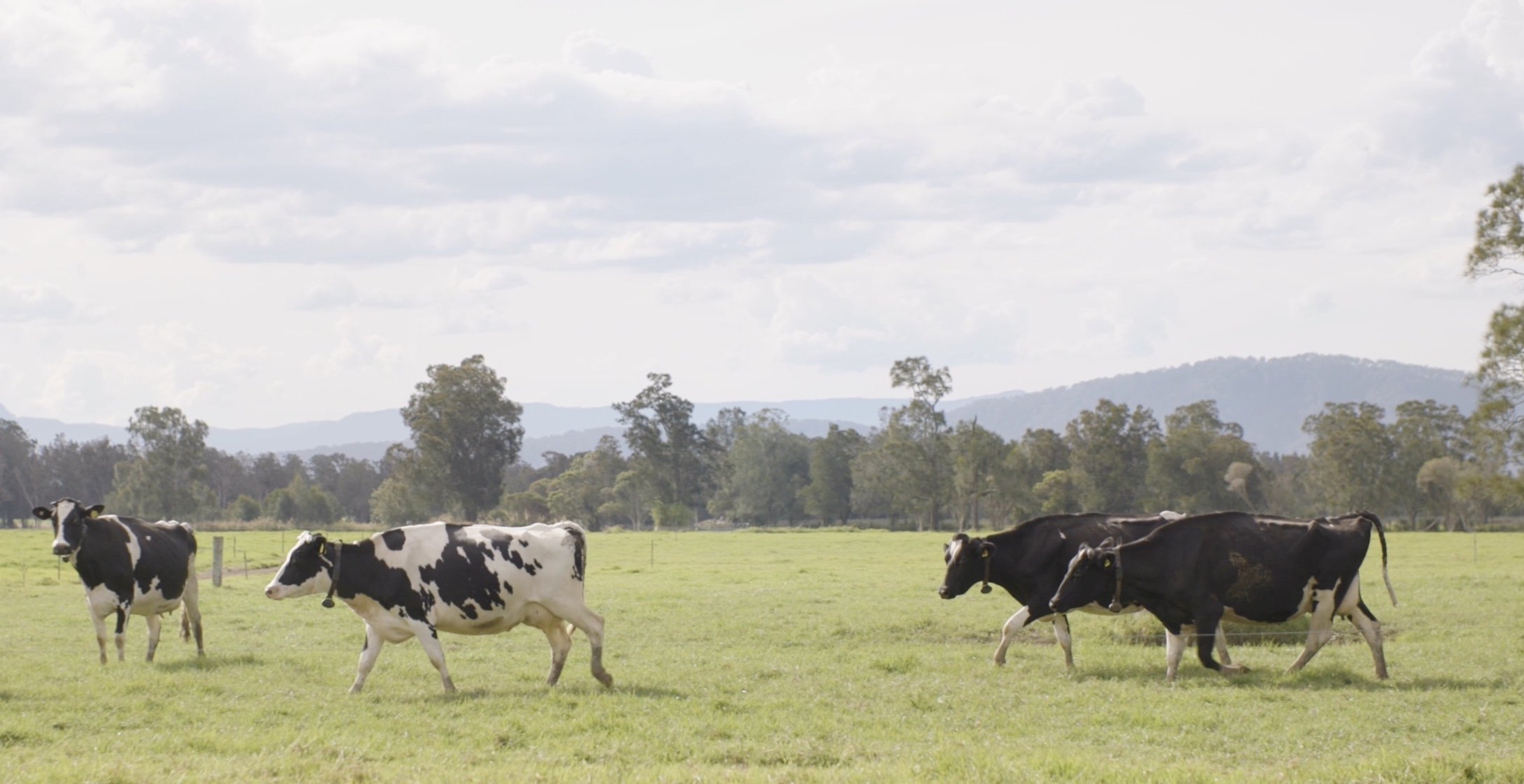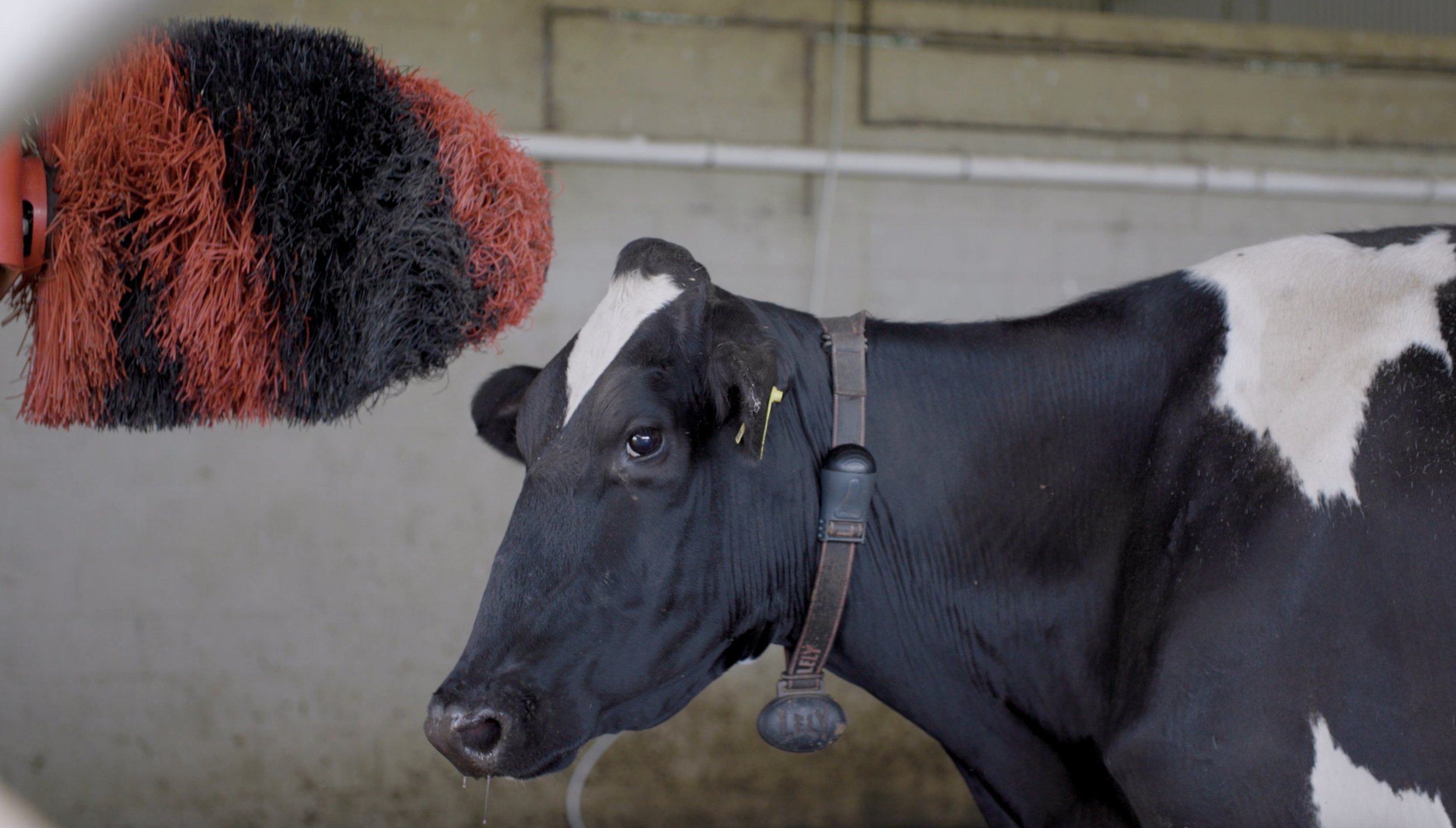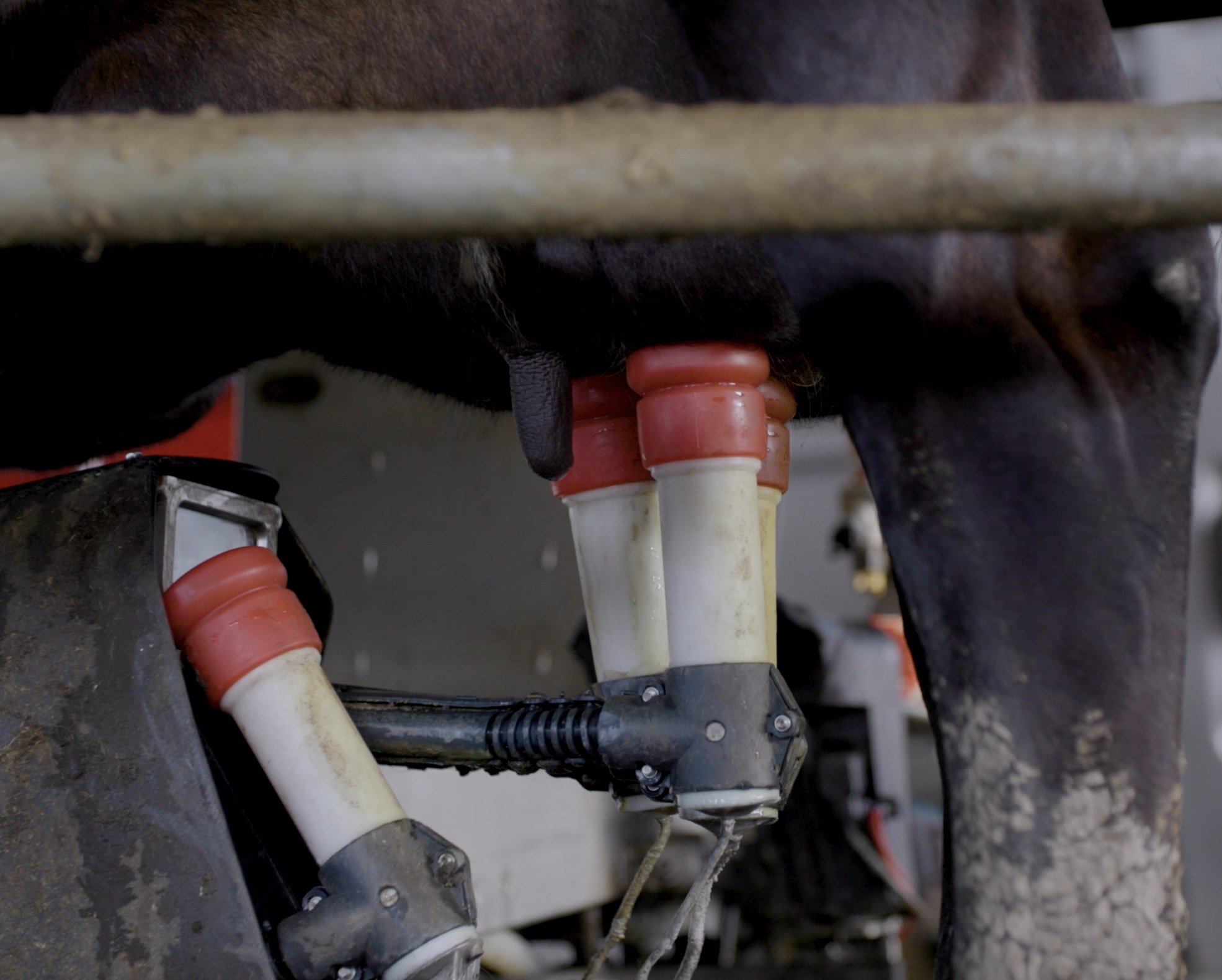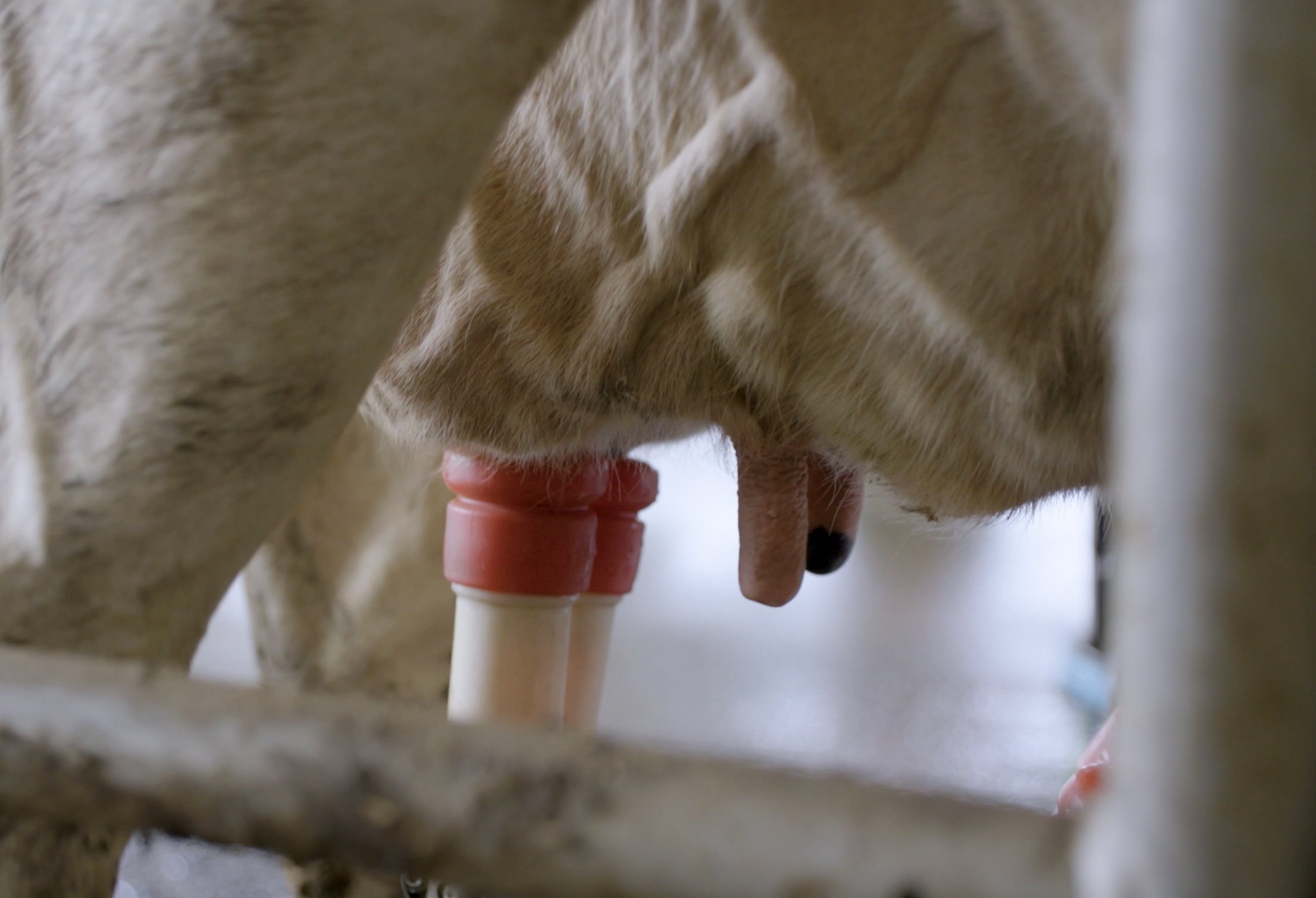Chittick Dairy Farm: A Beacon of Modern Dairy Farming
Nestled in the picturesque Shoalhaven region on the New South Wales south coast, Chittick Dairy Farm in Pyree stands as a shining example of the future of dairy farming through its innovative embrace of automation.
This forward-thinking farm is not only transforming traditional practices but also setting a new standard for the industry. We recently had the opportunity to meet Tori Brindle-Mansell to learn about how Chittick Dairy Farm is leveraging advanced technologies to enhance efficiency, animal welfare, and overall productivity.
The Embrace of Automation
Seven years ago, Tori Brindle-Mansell arrived at Chittick Dairy Farm for a summer placement, uncertain of her career path post-university. An opportunity presented by the farm’s owners, Brett, and Shannon Chittick, led her to the forefront of a revolution in dairy farming.
“I fell in love with it, so I went on to study dairy automation and agricultural automation at university,” Tori recounts.
Automation in agriculture, particularly in dairy farming, is reshaping traditional practices. Chittick Dairy Farm is at the forefront of this change, setting new standards by integrating robotic systems. The shift to automation is not just about reducing manual labour but also about improving the overall efficiency and effectiveness of farm operations.
Advanced Milking Processes
Chittick Dairy Farm, home to 110 cows and spread over 120 acres, utilises a fully automated robotic milking system.
This system allows cows to come in for milking on their own schedule, motivated by the allocation of food, including grain provided by the robots.
Unlike conventional systems requiring cows to be brought in two to three times a day, the robotic system provides cows the freedom to be milked as they choose.
“The idea behind the automatic milking system is that it’s designed to be self-motivated, allowing cows to come in for milking on their own,” Tori says.
“Their main motivation is different allocations of food throughout the day; they also get grain in the robots.”
The process starts with brushes cleaning and stimulating the cow’s udder to let the milk flow down. A laser and camera system then locates the teats, followed by a vacuum pulsator milking each quarter individually. The milk is stored in a buffer tank, where a mastitis test is conducted to measure cell count, fat, and protein levels.
“After milking, iodine is sprayed on the teats to prevent infections, and the brushes and cups are disinfected between each cow to avoid cross-contamination,” says Tori.




Comprehensive Cow Monitoring
The automation at Chittick Dairy Farm extends beyond milking. Each cow wears a collar that tracks various health indicators, with data transmitted to a computer for detailed monitoring.
“It measures their heat, their amount of rumination, their body temperature, how much they’re walking, and it will transpond that data when they walk into the computer,” explains Tori.
“If anything’s wrong, it will flag that to us, but it also allows the cow access into the dairy.”
This sophisticated monitoring system provides insights into each cow’s production levels, including fat and protein content. If a cow’s production drops, adjustments can be made to her diet, ensuring she receives the necessary care and nutrition for optimal health and productivity.
Enhanced Animal Welfare and Productivity
The shift to automation has notably improved animal welfare at Chittick Dairy Farm. The self-motivated milking system reduces stress for the cows, as they are not forced into the milking parlour. Tori observes with pride the cows' excitement as they run to their feed each day, underscoring the farm’s commitment to high welfare standards.
“Healthy cows produce more oxytocin, so they’re going to produce more milk if they’re eating and they’re producing lots of milk,” she adds. “Seeing them literally run out here every day, mooing with excitement is really lovely to see.”
Challenges and Benefits
While automation brings numerous benefits, it also presents challenges. The initial implementation is labour-intensive, requiring considerable time and effort to train the cows. Tori acknowledges the need for ongoing support, whether from staff, mechanics, or owners.
“It is labour intensive at the start training cows to come through. It can be time-consuming at the very implementation, and someone does have to be on call, 24/7 whether it be a staff member or a mechanic or the owner,” Tori admits.
Despite these challenges, the advantages of automation—attracting specialised labour, improving efficiency, and enhancing animal welfare—far outweigh the difficulties.
The data collected through automation facilitates better decision-making, ensuring the cows remain healthy and productive. As Tori emphasises, automation is not merely about reducing labour but about creating a better environment for the cows.
Looking Forward
The future of dairy farming is undeniably automated, and Chittick Dairy Farm is at the forefront of this transformation.
By embracing innovative technologies and prioritising animal welfare, Chittick Dairy Farm exemplifies the next generation of dairy farming, leading the way with innovation and compassion.
Paid Partnership Transparency:
Humans of Agriculture have been fortunate enough to engage in a paid agreement powered by the NSW Government, Dairy NSW, and Dairy Australia to gain first-hand insight into the Australian Dairy Industry and share it with our audiences and more broadly. This six-part series includes video, podcasts, photography and written content (like what you’ve just read) and is made possible by the Australian and NSW Government’s Storm and Flood Industry Recovery Program.
